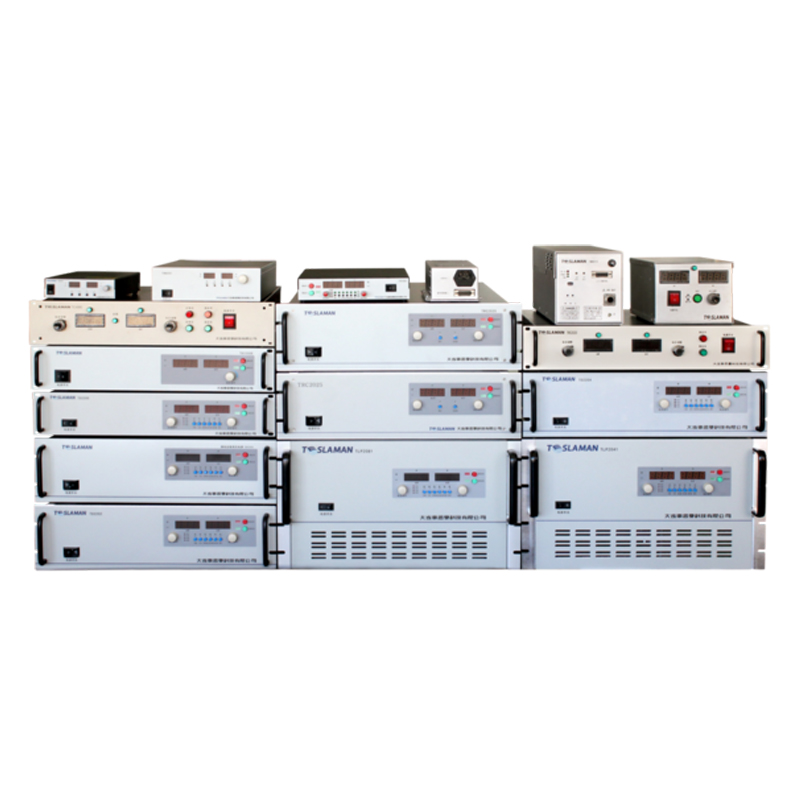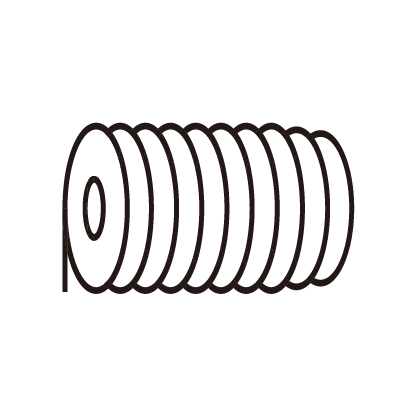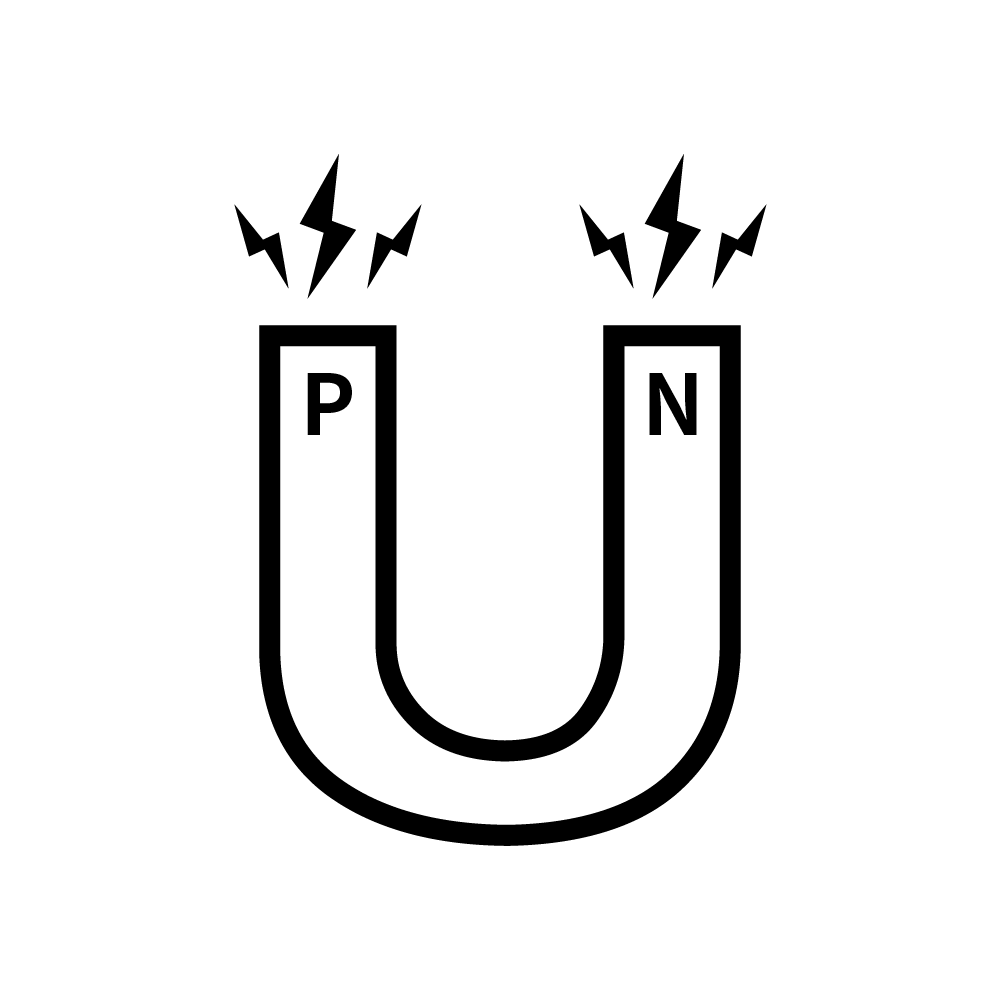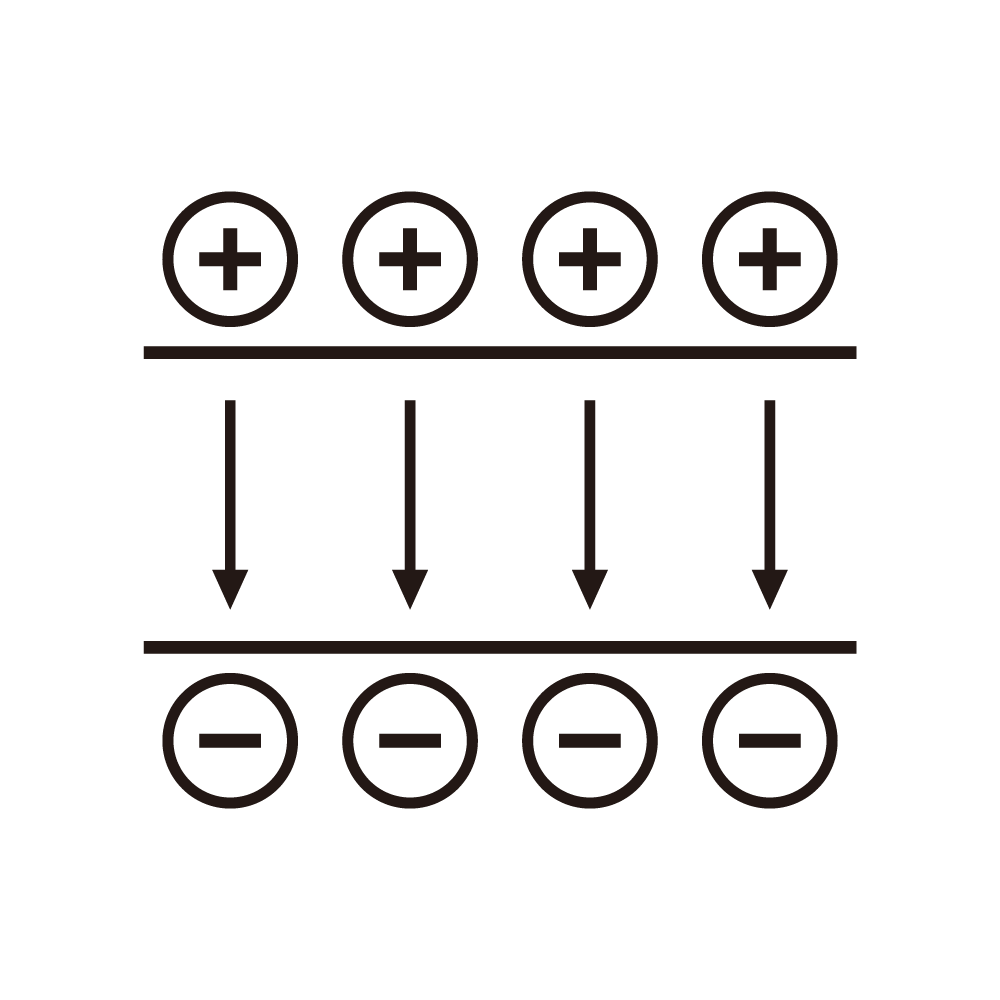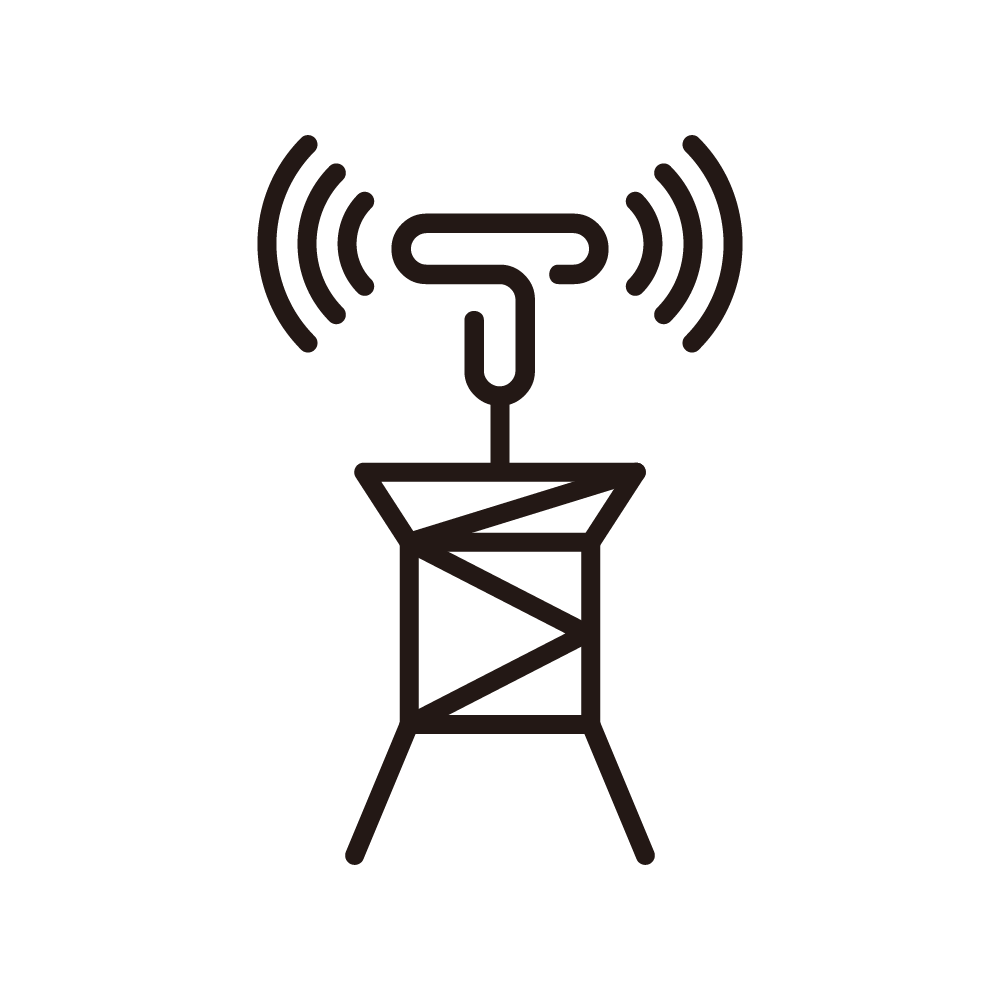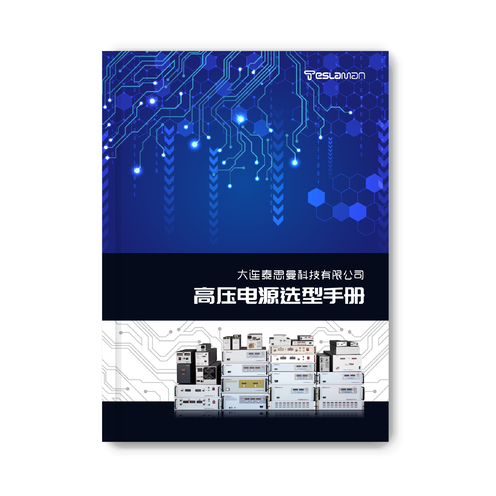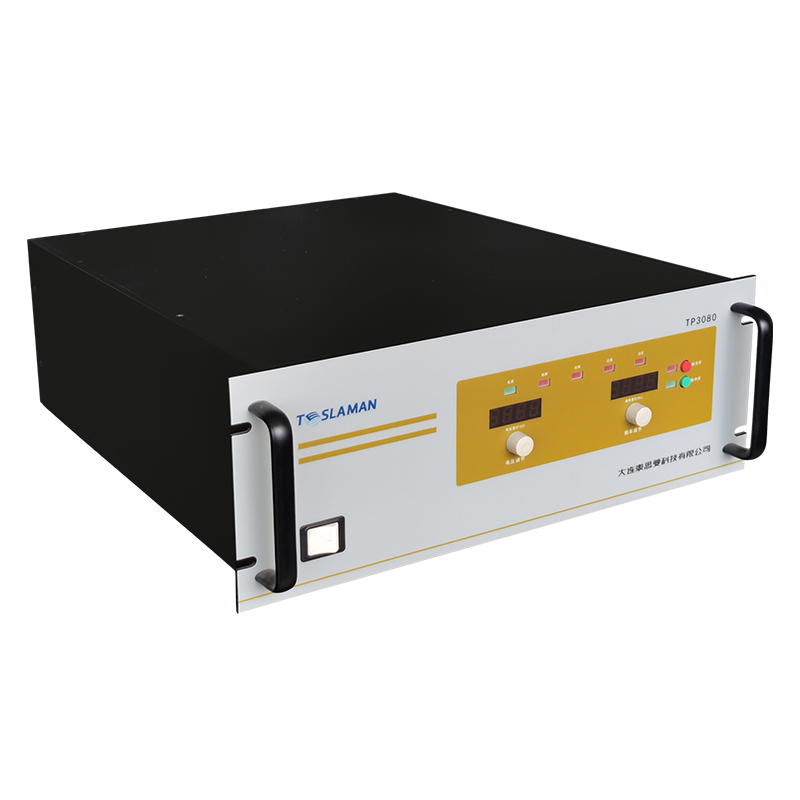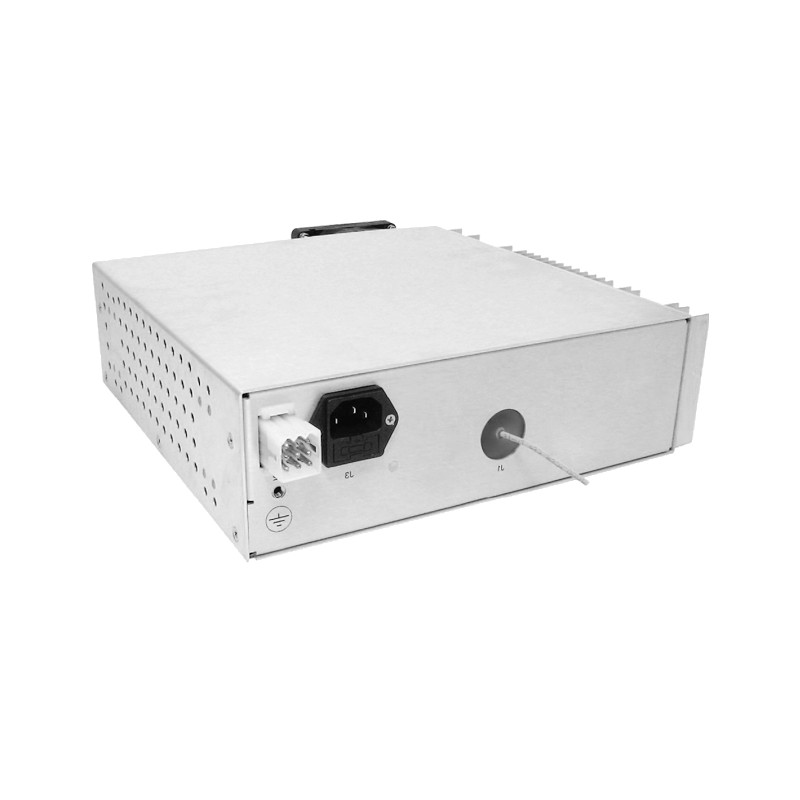Control of Implantation Depth in Ion Implantation High Voltage Power Supplies
In the fields of advanced materials science and semiconductor technology, ion implantation technology has become an indispensable key process due to its unique advantage of precisely regulating the surface properties of materials. The ion implantation high voltage power supply, as the core energy supplying unit of this technology, its ability to precisely control the ion implantation depth directly determines the success or failure of the ion implantation process and the performance of the final product.
The ion implantation depth is not simply linearly related but is affected by a variety of complex factors intertwined. From a fundamental principle perspective, the energy of ions is a key starting parameter that determines the implantation depth. The high voltage output by the high voltage power supply imparts initial kinetic energy to the ions, enabling them to penetrate the surface of the target material and reach deep inside. According to the classical theoretical model of energy and range, the higher the ion energy, the deeper the implantation depth that can be achieved in theory. However, the actual ion implantation process is like a complex battle in the microscopic world. During the ion's travel path inside the target material, on the one hand, discrete elastic collisions occur with the target atomic nuclei, which can randomly change the ion's movement direction; on the other hand, continuous inelastic interactions occur between the ions and the target material's electron cloud, causing the ion energy to continuously decay in the form of heat loss and other means. The superposition of these two effects makes the accurate prediction of the ion implantation depth extremely difficult.
To achieve precise control of the ion implantation depth, the ion implantation high voltage power supply must meet stringent requirements in design and operation. First, the stability of voltage output is of utmost importance. Even the slightest voltage fluctuation will be significantly amplified during the ion acceleration process, ultimately leading to deviations in ion energy and thus seriously affecting the consistency of the implantation depth. Taking the manufacturing of ultra fine semiconductor chips as an example, the requirement for nanometer level accuracy in ion implantation depth means that the voltage stability of the high voltage power supply needs to reach an almost demanding ppm level. For this reason, advanced high voltage power supplies are generally equipped with high precision voltage feedback regulation systems that can monitor and quickly correct slight changes in the output voltage in real time to ensure the high stability of ion energy.
Second, the flexibility of voltage regulation of the high voltage power supply is indispensable. Different material systems and application scenarios have very different requirements for ion implantation depth. In the shallow junction formation process of semiconductor devices, low energy ions are needed for shallow layer implantation; while in material surface strengthening to improve wear resistance and corrosion resistance, high energy ions are relied on to achieve a deeper modified layer. This requires the high voltage power supply to be able to achieve rapid and accurate regulation within a very wide voltage range, so as to flexibly set the ion energy according to actual process requirements and then precisely control the implantation depth.
In addition to optimizing the performance of the high voltage power supply itself, auxiliary means can also help improve the accuracy of ion implantation depth control. For example, during the ion implantation process, precise temperature control of the target material can indirectly affect the interaction cross section between ions and target material atoms by changing the thermal vibration state of the target material atoms, thereby fine tuning the ion implantation depth. At the same time, with the help of advanced numerical calculation methods such as Monte Carlo simulation, the ion implantation depth distribution under different high voltage power supply parameters can be accurately simulated and predicted before the actual process is carried out, providing a scientific basis for the optimization of process parameters and greatly improving the controllability and production efficiency of the ion implantation process.
In conclusion, the control of the implantation depth of the ion implantation high voltage power supply is a comprehensive problem integrating multi disciplinary knowledge, complex physical processes, and precision engineering technologies. Only by starting from multiple dimensions such as power supply performance optimization, auxiliary means coordination, and accurate simulation prediction can the accurate and flexible control of the ion implantation depth be achieved, meeting the strict process requirements of the growing high end materials and semiconductor manufacturing fields and promoting the relevant industries to a higher technical level.
